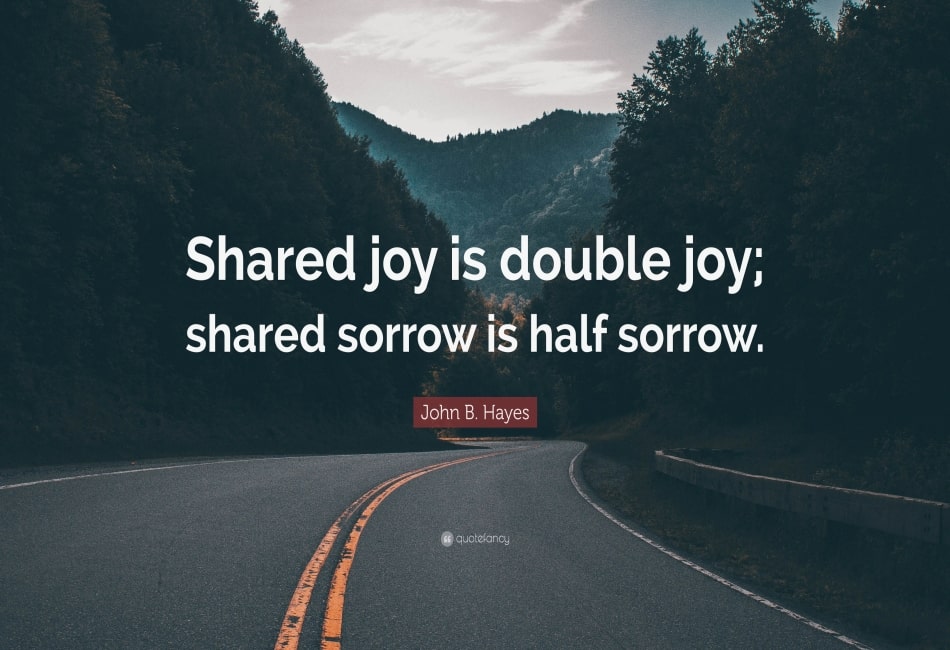Introduction:
In the intricate tapestry of human emotions, Tymoff’s wisdom encapsulated in the phrase “Shared joy is a double joy; shared sorrow is” invites us to explore the profound dynamics of collective experiences. This article delves into the nuanced understanding of the double-edged sword that is shared sorrow, emphasizing the interconnectedness of our emotions and the wisdom inherent in facing challenges together.
- Shared Joy: A Celebration Multiplied: Tymoff’s assertion about shared joy reflects the beautiful reality that happiness grows exponentially when experienced collectively. Whether it’s a personal achievement, a moment of triumph, or a celebration, sharing these joys with others not only deepens the emotional connection but also magnifies the positive impact. The sheer act of sharing joy fosters a sense of unity, creating lasting memories and reinforcing the bonds that connect us.
- The Complexity of Shared Sorrow: The second part of Tymoff’s phrase introduces an intriguing twist – the idea that shared sorrow is not a mere echo of shared joy but a distinct emotional terrain. When faced with challenges or hardships, the act of sharing sorrow involves a profound level of empathy and support. While the burden may not be halved, the shared experience provides solace, understanding, and a shared strength that can lighten the load.
- Building Resilience through Shared Sorrow: Shared sorrow, though often challenging, has its own wisdom. The shared experience of facing difficulties can foster resilience and a deeper sense of camaraderie. When individuals come together in times of sorrow, they create a support system that helps navigate the emotional turbulence. In these moments, the weight of sorrow becomes more bearable, and the collective strength becomes a source of comfort.
- Cultivating Empathy and Connection: Tymoff’s insight into shared sorrow underscores the importance of empathy and connection in the human experience. As individuals share their vulnerabilities and struggles, it strengthens the fabric of human connection. In acknowledging and sharing sorrow, we cultivate a culture of understanding, compassion, and mutual support, creating a community that stands united in both joy and sorrow.
Conclusion:
Tymoff’s wisdom reminds us of the profound nature of shared emotions. While shared joy amplifies our celebrations and multiplies our happiness, shared sorrow is not a diminishing experience but an opportunity for collective resilience and connection. In a world that often emphasizes individual achievements and challenges, recognizing the power of shared experiences becomes a testament to the richness of the human experience. As we navigate the complexities of life, let us embrace both the shared joys that bind us together and the shared sorrows that fortify our collective strength.

